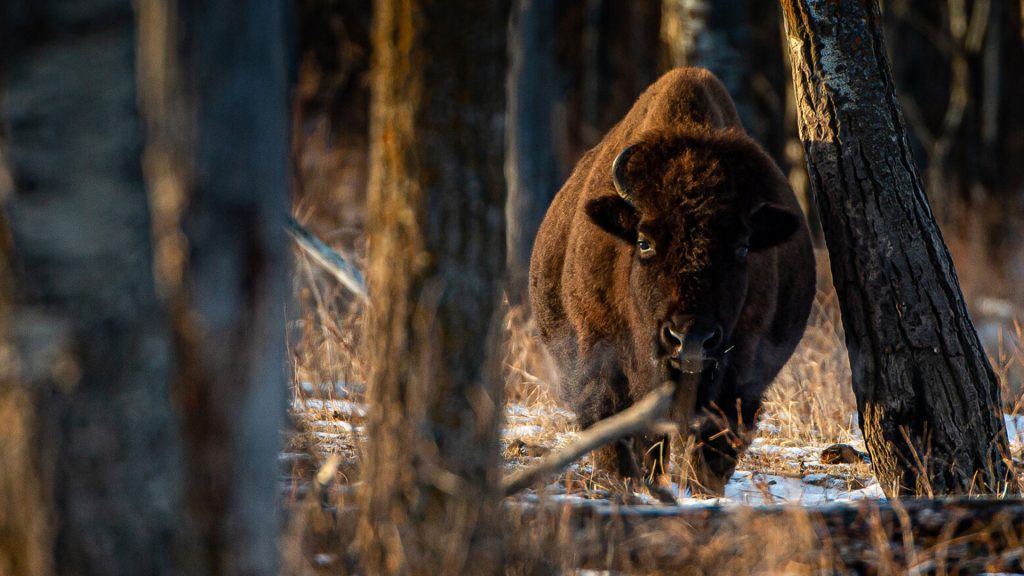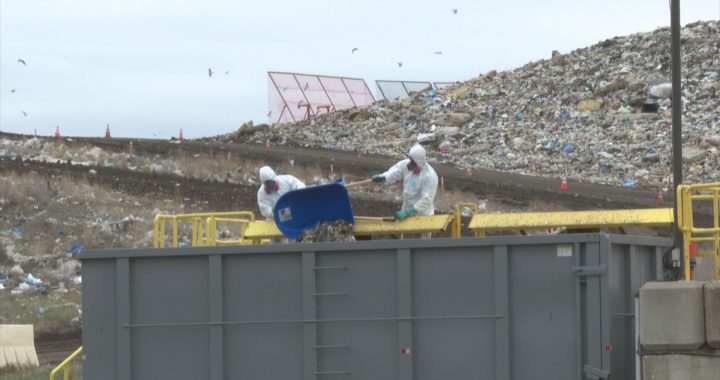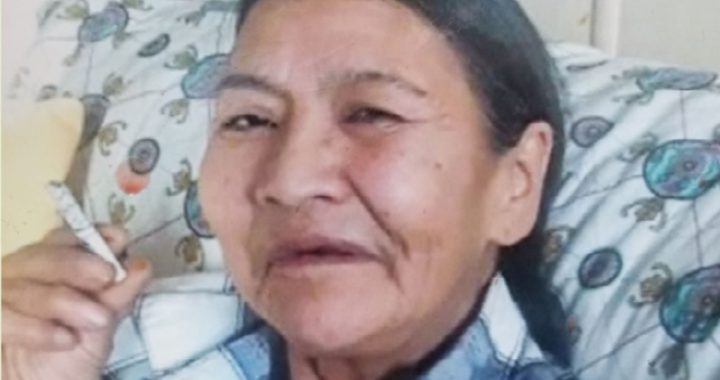
Bison at Elk Island National Park Photo: Parks Canada/Elk Island National Park
Registration for the Aboriginal Resident Bison License begins this week in for a planned bison hunt northern Alberta but the Dene Tha’ First Nation says that the harvest is premature based on a previous agreement.
The Hay-Zama bison population, which is in a protected area about 700 km north of Edmonton has grown to more than 525 bison which officials say meets levels required to support a bison hunt.
“The wild herd population is to exceed 1,000 before permitted hunts could occur. Currently the herd is less than that,” says Matthew Munson, a technician for Dene Tha’ First Nation. Munson is also a member of Dene Tha’ First Nation.
Munson shared a 1985 agreement between the Dene Tha’ First Nation and the government of Alberta. The original plan said that it would take 14 years for the herd to reach a population of 1,000. The current herd is slightly more than half of the numbers projected 38 years ago.
And that is not the only reason that the Dene Tha’ First Nation has concerns about the bison hunt.

Munson also says there was a past agreement that “any hunting allocations would be split 50 per cent to the Dene Tha’ First Nation and 50 per cent to others. Currently, Alberta is not keeping this agreement.”
The Alberta government responded by saying they had participated in extensive consultation with the Dene Tha’ chief and council and other nations regarding establishing a regulated bison herd.
“On August 3, 2023, Dene Tha’ Chief and Council agreed to support the 2023/24 Hay-Zama bison hunt, allocation process and the method of license distribution,” said the forestry and parks spokesperson.
They do not agree that there needs to be a herd of 1,000 before harvesting activities begin. The 1985 report previously recommended the 1000 number.
“The current objective for the Hay-Zama Bison herd are to manage for a minimum population size of 400 to 600 through the establishment of an annual hunt,” says a spokesperson for Alberta Forestry and Parks.
All First Nations and Métis who qualify under Alberta’s Métis harvesting policy can apply for an Aboriginal Resident Bison Licence, which a draw or lottery will issue.
“Bison hunting in the Hay-Zama area is a shared harvesting opportunity between Indigenous Peoples and Alberta recreational hunters,” says Todd Loewen, the minister of Forestry and Parks in a press release about the hunt.
According to the release the hunt is a partnership between the provincial government, Canadian Wildlife Service and the Dene Tha’ First Nation.
Hunting and herd management
The hunt is limited, ensuring that a sustainable bison population is maintained in the Hay-Zama area, according to the parks and forestry spokesperson.
The hunt is a part of managing a herd and preventing the spread of cattle diseases like tuberculosis and bovine brucellosis.
According to the press release, “diseases, including bovine brucellosis and tuberculosis, have been detected in herds near Wood Buffalo Park and reducing the size of this herd will limit expansion of the healthy Hay Zama herd into areas where disease has been detected.”
The Hay-Zama bison population continues to be disease-free following the testing of 350 samples. In an emailed statement, the ministry for forestry and parks say that the Hay Zama bison population is within a protected area that requires both Indigenous and non-Indigenous hunters to get a license.

Hunt paused since 2018
There are approximately 8,500 Wood Bison across 12 free-ranging populations widely distributed across western Canada, according to a bison monitoring report from the government of Canada.
The Northwest Territories manages a Bison Control Area, which is a bison-free zone, to prevent the spread of disease to uninfected animals within the Mackenzie and Nahanni herds, according to the Government of Canada website.
Alberta has a similar program to prevent disease transmission to the Hay Zama herd in the Bison Management area in the northwest.
Munson says that there is a “management planning process” in place for the Hay-Zama herd but that the discussions have not led to any resolutions for the Dene Tha’ First Nations.
The Alberta government says they will continue annual consultation on the hunt.
Application forms will be available at the Alberta Environment and Protected Areas offices in High Level, Fort Vermilion, Peace River and Edmonton (Twin Atria building). Applications will only be accepted until Sept. 22.










